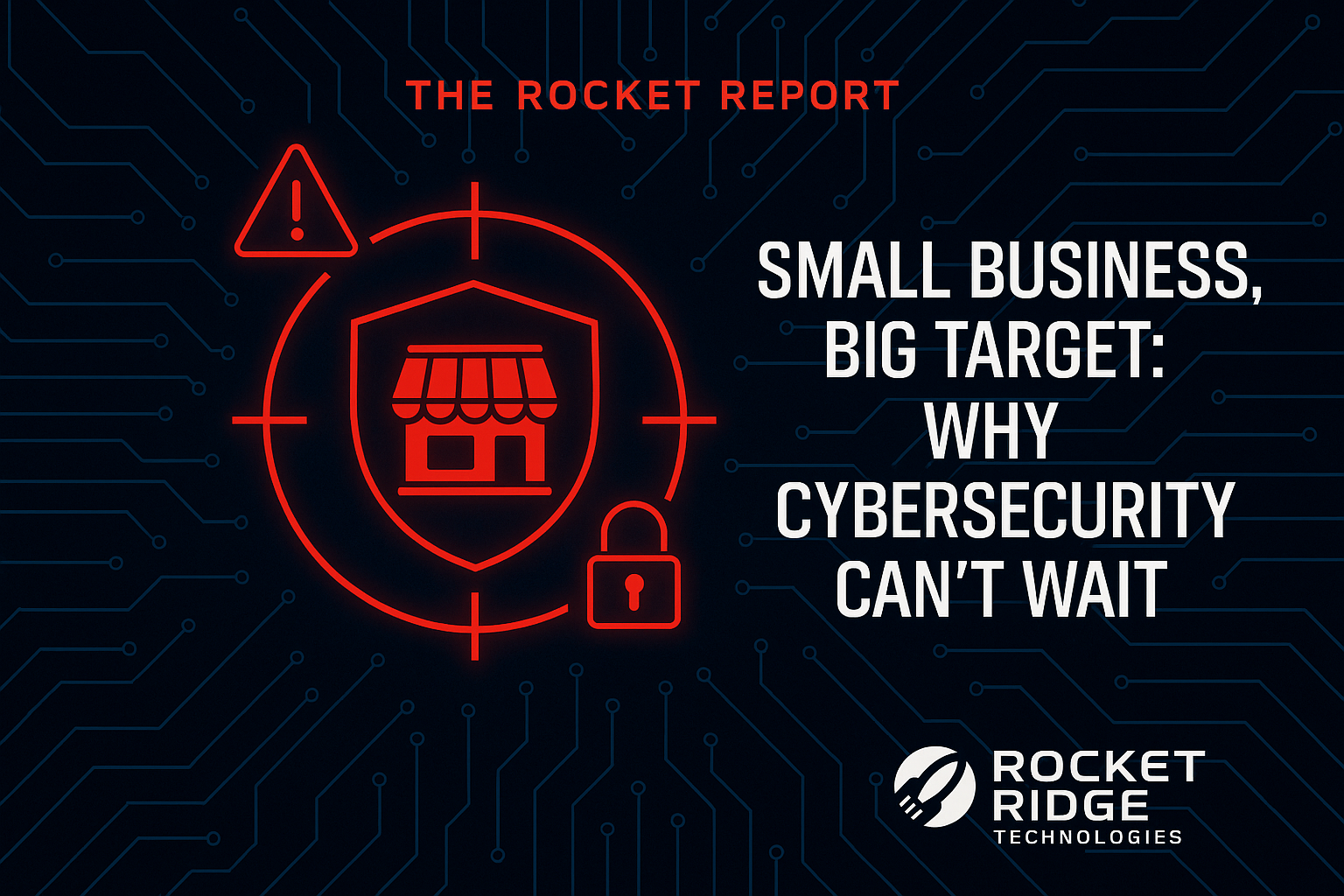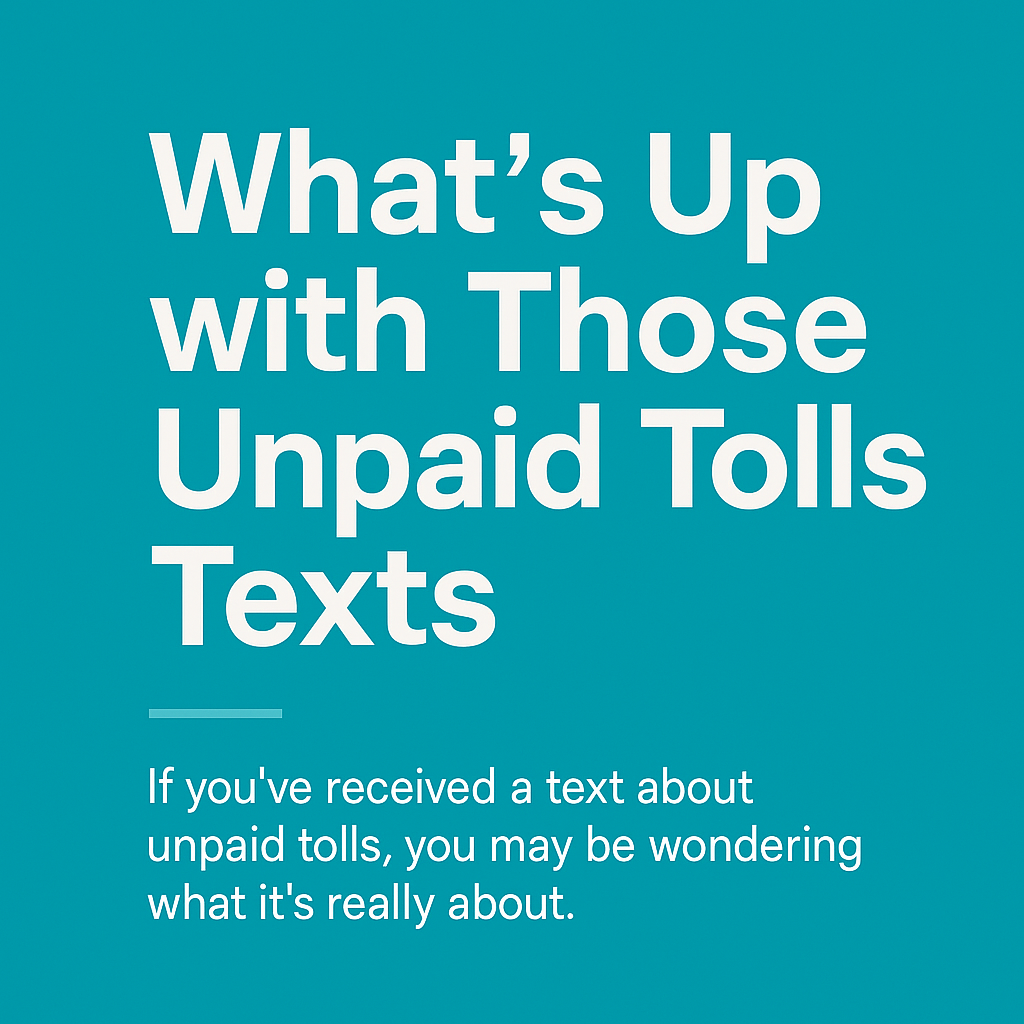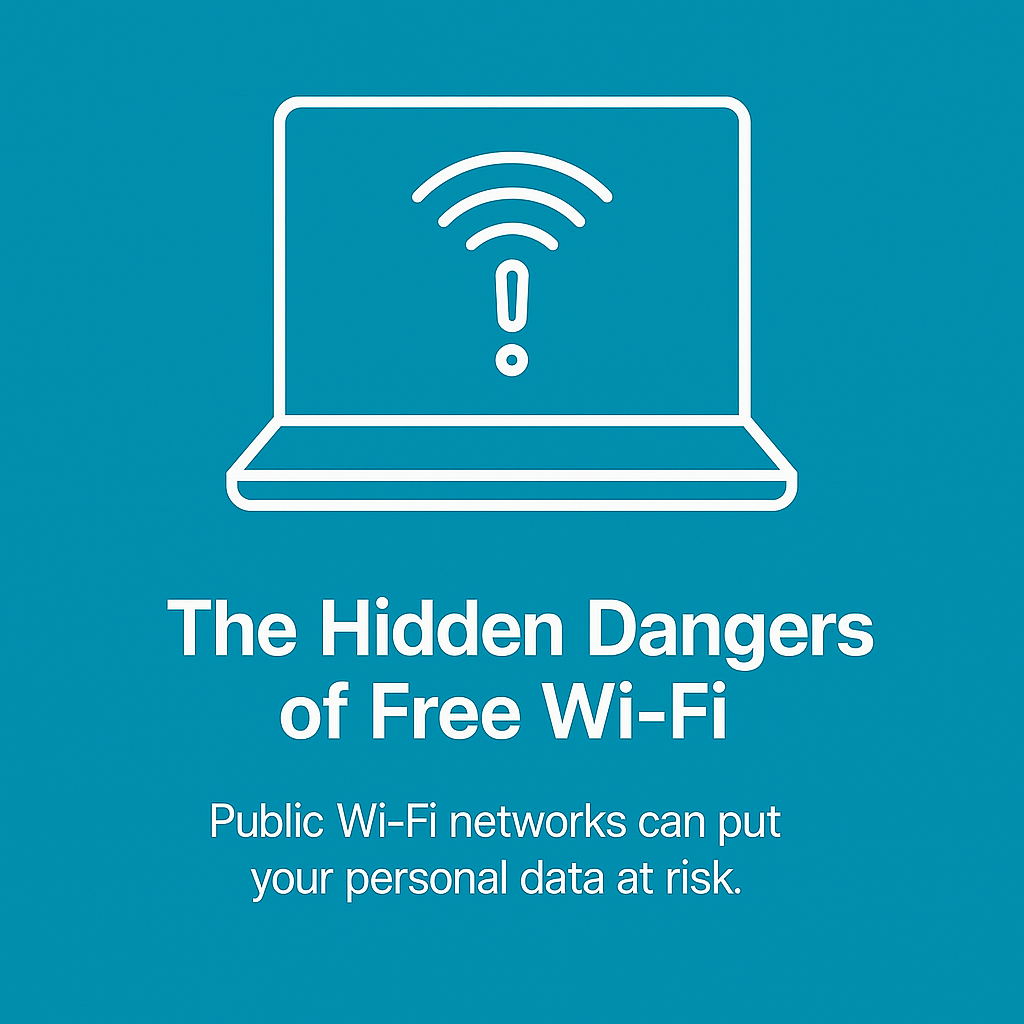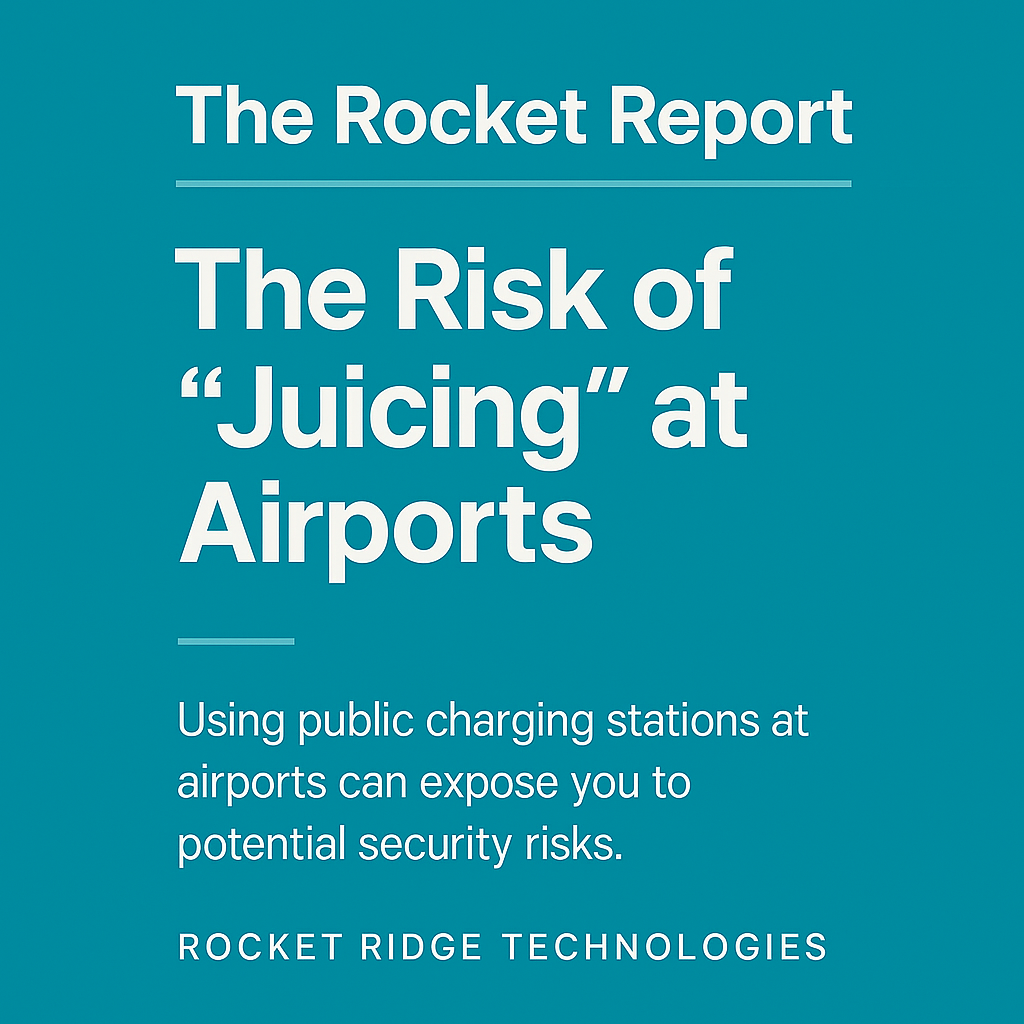Small Business, Big Target: Why Cybersecurity Can’t Wait
Small Business, Big Target: Why Cybersecurity Can’t Wait

When most people think of cyberattacks, they picture big corporations getting hacked by shadowy figures behind glowing screens. But here’s the reality: small businesses are the #1 target for cybercriminals.
Surprised? You’re not alone.
According to the Verizon Data Breach Investigations Report, nearly half of all cyberattacks are aimed at small to mid-sized businesses. Why? Because attackers assume you don’t have the tools, time, or training to stop them.
At Rocket Ridge Technologies, we want to help you prove them wrong.
Why Small Businesses Are at Risk
1. Limited Resources
Small teams often juggle multiple hats—IT security rarely makes it to the top of the list.
2. Weak Password Hygiene
If you're still using “admin123” or sticky notes to manage logins, you're putting your business at risk.
3. Lack of Cybersecurity Policies
No official policies = no clear plan when things go sideways. That’s a hacker’s dream.
4. Third-Party Risks
Even if you’re doing everything right, vendors with weak security can open the back door for attackers.
Real Threats to Your Business
- Ransomware: A single click could lock you out of your own files until you pay up.
- Phishing Emails: Disguised as client messages or invoices—one mistake can expose your entire network.
- Data Theft: Customer info, employee records, financial data—gone in seconds.
- Website Hijacking: Your storefront taken offline or defaced, tanking trust and sales.
What You Can Do Right Now
✅ Educate Your Team
Human error is still the #1 cause of breaches. A quick training session on phishing and safe browsing goes a long way.
✅ Use Strong Passwords & MFA
Multi-factor authentication (MFA) is simple and stops over 90% of account hacks.
✅ Keep Software Updated
Those annoying update notifications? They patch known vulnerabilities. Don’t ignore them.
✅ Invest in a Firewall & Antivirus
Even basic tools can block common threats before they hit your inbox or devices.
✅ Back Up Your Data
Regular, secure backups mean ransomware has less power over you.
How Rocket Ridge Technologies Can Help
We don’t just build beautiful websites—we secure them. Our services include:
- Secure website design with HTTPS, firewall configuration, and regular vulnerability checks
- Custom cybersecurity policy templates for your business
- Employee training materials to build cyber awareness
- Email security and backup solutions
- Security audits and vulnerability scans
Don’t Let Your Size Fool You—Protect Your Business Like a Pro
Cybersecurity is no longer optional. It's essential.
🧑🚀 Until next time,
Stay secure. Stay sharp.
—The Rocket Ridge Team




